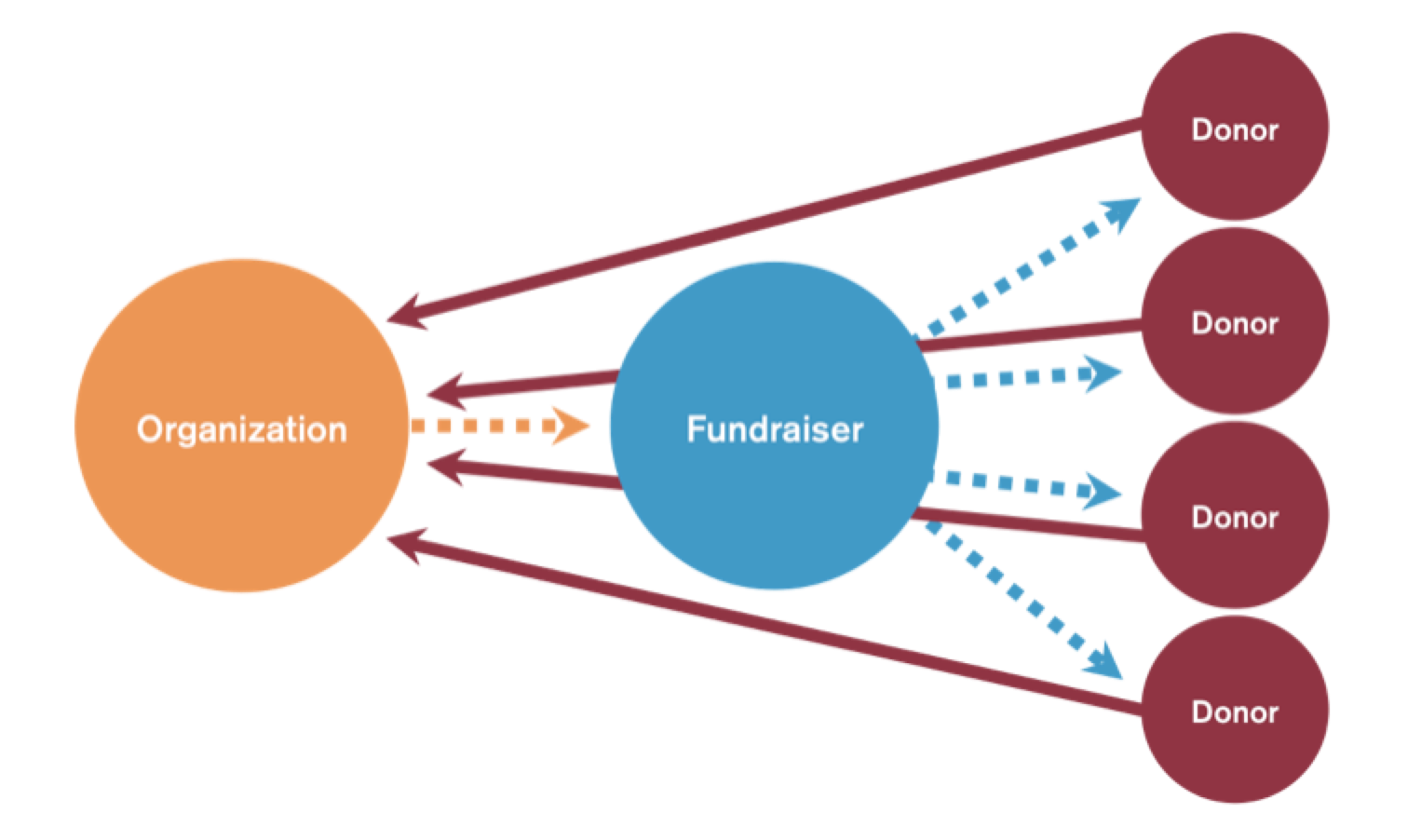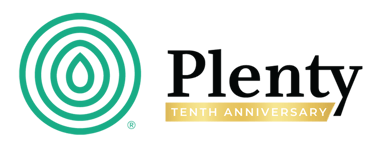Three Reasons You’re In P2P Fundraising – Even If You Don’t Know It
It’s no surprise that we are passionate about peer-to-peer (P2P) fundraising. One look at our blog and services and it becomes clear that we are all about helping nonprofits understand and optimize their peer-to-peer fundraising programs and channels. Outside of our blog, you have probably heard the term peer-to-peer increasingly used over the past couple of years as nonprofits begin to recognize the potential of P2P and understand the basics of peer-to-peer fundraising. And as the landscape evolves and the concept of peer-to-peer dominates seminars, conferences, and yearly reports, you may be thinking to yourself - “this doesn’t apply to my organization” or “we’re just not in peer-to-peer.” Well, we are here to say – surprise! You are in peer-to-peer, whether you know it or not.
Here are three signs that your organization is in peer-to-peer:
1. The real work begins the day after your fundraising event occurs.
Anyone who has ever been part of an event planning team knows that the only thing they want to do after the event is over is thank their team for pulling it off, and then catch up on their many hours of lost sleep. What’s definitely not something you would like to do? Tackle a brand new task list. Which is exactly what is required in peer-to-peer fundraising. If you’re in P2P, the day after your event is often spent building program reports, thanking your participants, and most importantly - following up with new donors and participants who would like to learn more about your organization’s mission. This is something to be really excited about because it means your organization has the potential to tap into the power of peer networks, as long as you understand the relationship between you and these new donors.
The essence of peer-to-peer is connecting your organization with new donors through your existing constituent base. So as you begin to pull reports and look through the list of new donors you need to remember, you don’t know them yet, your supporters know them. It is your duty after the event is over to reach out to these new donors and cultivate a relationship with them. To do this, use materials that educate them on your organization, your mission, and how they can get involved as fundraisers themselves. You can start building a relationship with them by asking about their connection to your organization and filling in any gaps they have in how your organization is working to create a better world. It is never too early to talk to new donors about the impact you are making, so spare yourself the homework and come prepared to your event with materials that talk about your cause, the impact you have made, and how they can get involved.
2. At certain times of the year, people know that seeing an email from you in their inbox means it’s time to face the music.
Your board members, volunteers, and staff know the deadline has long passed for filling their allotted seats at the gala or luncheon – and you are the accountability police. Those sales directly affect the impact your organization can make, so they know that it’s only a matter of time until you’ll come knocking. Needing to get more people at your event is an all too common need for most nonprofits, what may be unexpected is that this is an example of peer-to-peer.
Many nonprofit professionals assume that because galas and luncheons don’t often involve fundraising they are not peer-to-peer. But when you stop to think about how you get people to attend a gala or luncheon in the first place, it becomes clear that peer-to-peer is the foundation for these events. Galas, luncheons, golf events etc. all require your staff to invite your most loyal donors to participate, these donors then encourage their family and friends to purchase tickets, join their table, invite others etc. This is peer-to-peer - your donors asking others to support your cause on your behalf.
If the fact that this example of P2P involves galas and luncheons is still throwing you off, take a look at the peer-to-peer family tree. Peer-to-peer transcends runs, walks, and cycling events. It’s more than fundraising even. Peer-to-peer is all about the power of networks. Whether they are yours, your organizations, or your supporters, they allow you to tap into new pools of potential supporters through existing connections that reach beyond your house list. Chili cook-offs, 5ks, luncheons, and creative grassroots events that one of your supporters dreamt up all run on the concept of P2P.
3. When your supporters need purposeful gift ideas – you have them covered.
When birthdays and holidays roll around, supporters turn to your organization for gift ideas that will make an impact. It may be your organization’s latest branded gift, a staple item that has been connected to your mission for years, or even a tribute donation that can be made on behalf of someone, the point is that it’s something that not only makes a great gift but also benefits positive change in the community. This exchange represents peer-to-peer networks at play.The act of giving a gift is one of the most basic examples of peer-to-peer, and in this case the benefits are two-fold. Supporters pass along a gift to someone in their network and nonprofits raise money for their cause. The benefits don’t stop there, in fact one of the biggest reasons this peer-to-peer dynamic works so well, is because supporters are not just giving a gift to someone in their network, they are sharing your mission with this person as well.
Therefore, you should focus your gifting energy on suggesting gifts that benefit the organization long-term and can be used to cultivate a relationship with the purchaser over time. Instead of suggesting “what” in the form of commercial items, suggest “how” - ways constituents and their networks can learn about and support your cause through the power of giving. Some examples of this are tribute donations that celebrate having a loved one healthy, or personalized grassroots fundraising efforts benefitting an important cause.
Gifts that involve donating in these, and many other possible ways ignite interest in your mission and open a dialogue between your organization, those who give the gift and more importantly, those who receive it.
Remember, these are only a few ways in which nonprofits engage in peer-to-peer everyday, there are countless others. That being said, we’re guessing you may already be realizing that your organization is in peer-to-peer and didn’t know it – until now. Surprise, and welcome! You’re in good company, as we’re certain that the world is increasingly networked and socially connected - in and beyond fundraising. While you’re embracing your new-found stake in peer-to-peer, be sure to think through the strategy you’re using for peer-to-peer channels and how you can strengthen the programs themselves. If that sounds like a tall order, drop us a line so that we can help.
Download our free tool The Family Tree of Peer-to-Peer which outlines some of the biggest P2P events and channels today! 
Share this
You May Also Like
These Related Stories

The Complete Guide to Leveraging P2P Networks

A Introduction To Peer-to-Peer Fundraising



No Comments Yet
Let us know what you think